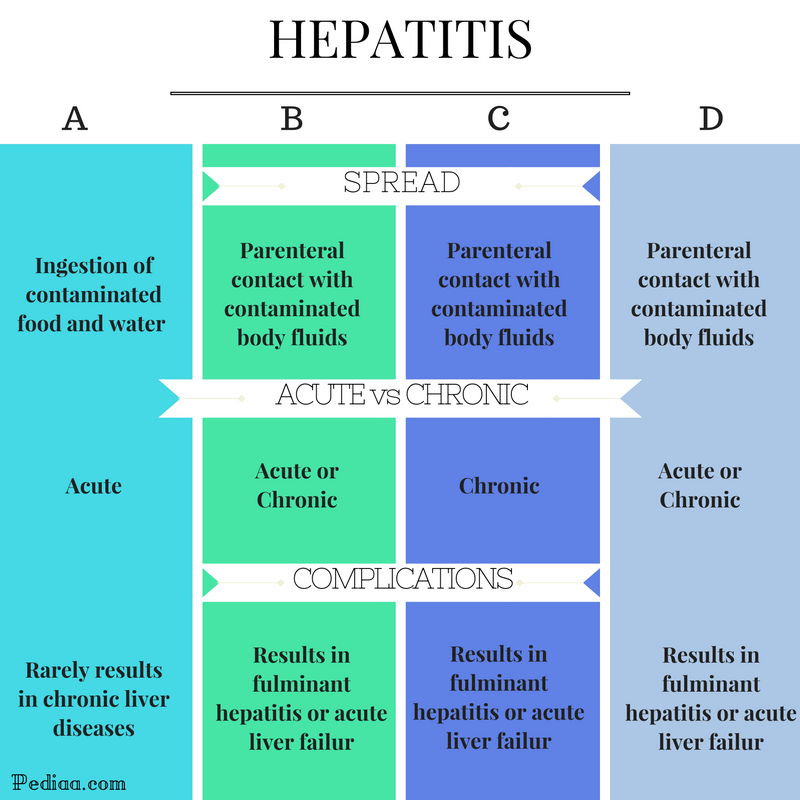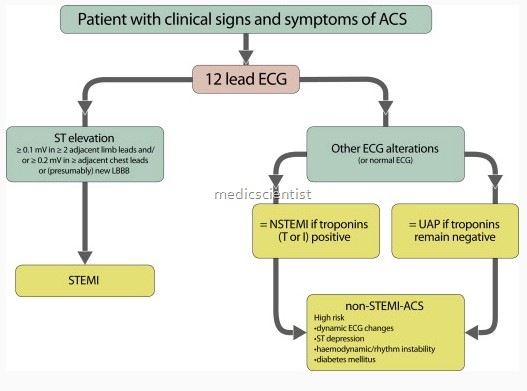


Pica is considered one of the more dangerous of self-harming behaviors and can result in premature death (Ellis & Pataki, 2012). The earliest English written accounts of pica date back to 1398, which characterized individuals as experiencing cravings for potentially harmful substances (Parry-Jones & Parry-Jones, 1992). The term pica is derived from the scientific name of the magpie (pica pica) after comparisons had been noted in people and the magpie concerning the consumption of non-food items (Parry-Jones & Parry-Jones, 1992). However, pica is a condition that has been plaguing people for hundreds of years. The occurrence of pica has received extensive amounts of attention in the media in recent years. Due to such confusion regarding diagnosis criteria changes, the importance of the discussion of etiological theories, assessment, prevention, and treatment recommendations for pica is critical. If the old criteria for a pica diagnosis were still applicable, there would be larger numbers of people with pica diagnoses which would take time away from the people who needed treatment. A common example of this situation is the consumption of diet soda, which does not contain substantial amounts of nutrients but is still considered to be a food item. This change was the substitution of the word “nonnutritive” with the word “non-food.” This change was important because individuals could consume products that did not contain nutrients, per say, but were still considered to be food items.
#Etiology vs pathology manual#
The fifth edition of the Diagnostic and Statistical Manual of Mental Disorders (2013) notes an important word change from the previous edition. However, this set of criteria has been altered slightly in order to factor for recent considerations regarding the nature of pica. In some cases pica can include an aversion to the consumption of food items. According to this text (2000), a confirmed diagnosis would require that the patient must meet the criteria, which includes the persistence in the eating of nonnutritive substances for at least one month, the behavior is inappropriate for the developmental level, and the behavior is not a culturally sanctioned practice. In the Diagnostic and Statistical Manual of Mental Disorders, Fourth Edition Text Revision, (2000), pica is classified as a feeding and eating disorder characterized of infancy or early childhood. Pica is considered to be an elusive disorder because of the changing contingencies that make up the definition of pica suitable for diagnosis. The key components to prevention include observation, education, and intervention. Treatment procedures can include environmental enrichment, micronutrient therapy, overcorrection, and physical restraint. Recommended assessment procedures include close observation by clinicians, physiological examinations in suspected cases of pica, and safe baiting.

Currently there are no clinical guidelines for situations regarding pica and cases in clinical institutions often go unreported. Pica etiology is related to gastrointestinal distress, micronutrient deficiency, neurological conditions, and obsessive compulsive disorder. According to the DSM-V (2013) pica is classified as an eating disorder in which an individual consumes non-food substances at least once per month, at a developmental stage in which the behavior is inappropriate, and occurs in a culture that does not sanction such behavior. Pica is a condition that has been prevalent among humans for centuries.


 0 kommentar(er)
0 kommentar(er)
